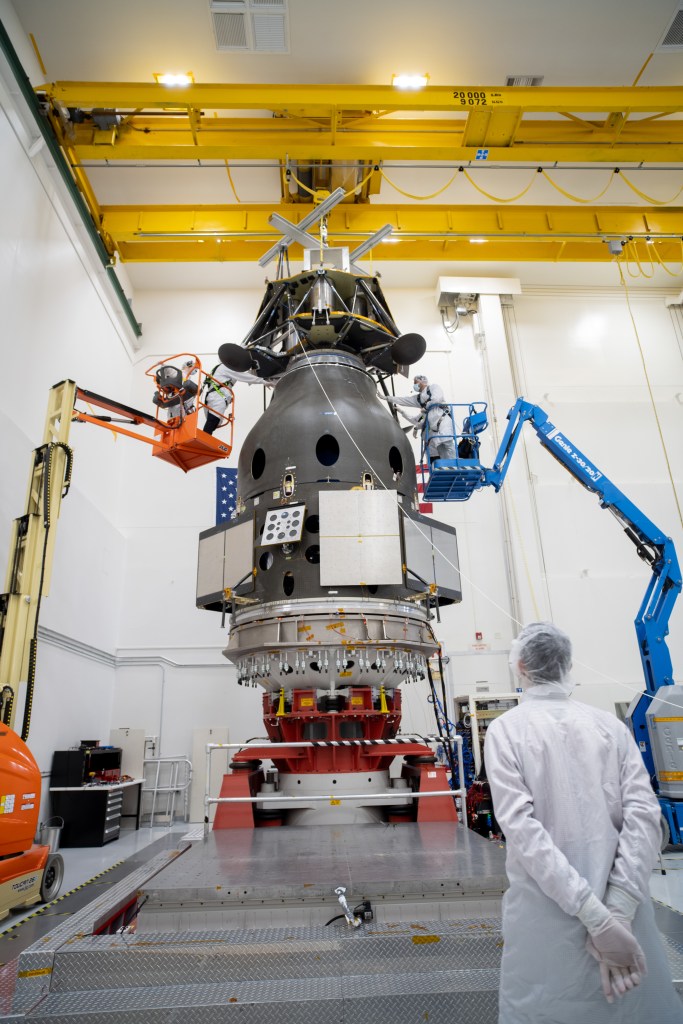EG-0042-01
As early as 1950, the NACA High-Speed Flight Station (HSFS, now Armstrong Flight Research Center) at Edwards Air Force Base, California, had participated in an Air Force development program when station engineers provided assistance to the service and industry on an experimental interceptor. Such research could be regarded as motivated as much by the desire to conduct pure research as by the need to assist the military service. In 1952, however, the NACA station at Edwards made a major contribution to saving a military fighter program in serious trouble, the Northrop F-89 interceptor.
The F-89 was a high-priority air defense program. In the early months of 1952, six F-89s lost their wings in flight. With more than a thousand built or on order, the Air Force faced a serious crisis, for the F-89 was considered a major element in the North American air defense structure. At the request of both the contractor and the Wright Air Development Center, the HSFS entered the investigation. Since the aircraft had obviously suffered structural failures, station chief Walter C. Williams loaned a team of engineers to Northrop to determine the F-89’s structural loads during flight. The NACA team installed strain gauges on an experimental F-89 and then studied the data acquired from test flights. As a result, Northrop discovered a serious weakness in the wing structure and redesigned the structure to strengthen it. The F-89 subsequently went on to a long and useful service career, and the NACA’s assistance on the program enhanced the agency’s reputation among the military and industry flight testing community.

























